A. CORROSION DUE TO ACID PRODUCTS (pH 3.0 to 5.0)
The main manifestation of this type of corrosion is the dissolution, by the action of the contents of the tin, of the tin and iron metals that make up the same.
This dissolution is accompanied by a release of hydrogen that leads to the bulging of the can in certain cases, (mainly in varnished cans or with excess of free air) this can lead to the perforation of the can.
Secondary manifestations of this corrosion are changes in appearance, color or flavor of the food.
Corrosion of tinplate due to acidic foods is characterized by the fact that the tin-iron couple functions as a stack, in which tin plays the role of anode, that is, it has a negative potential in relation to the iron, and the tin ions pass as a consequence to the solution, while the hydrogen ions from the electrolysis of water are discharged on the iron (cathode that gives rise to gaseous hydrogen).
By an electrochemical mechanism, tin protects iron: this protection of the cathode by the anode is called “cathodic protection”.
Tin = Iron anode = cathode
B. INFLUENCE OF VARNISHING
The ratio between the surfaces of iron and tin, exposed to the attack of acids, is very important to ensure a “cathodic protection”.
This proportion is effective in the case of bare tinplate, because a large area of tin (anode) is in the presence of a small surface of bare iron (cathode) (cuts in the sheets, fractures of the tin layer. ..)
It is normal nowadays, to protect the product against the secondary effects of corrosion, or to take care of the presentation, or to save tin, which is used to varnish the cans. The exposed exposed iron surface (sheet metal cuts, electric welding, tin layer fractures, …) is substantially the same as that of tin in the bare tin parts.
In this case, as tin appears only in the margins, scratches, fractures and weaknesses of the varnish layer, the anodic surface (tin) is very weak. The electrochemical protection is in fact suppressed. Very quickly the corrosion is primed in the iron that is attacked in depth until the perforation of the can occurs.
The varnishing, by preventing the dissolution of tin, also suppresses the inhibiting effect exerted by tin ions on the corrosion of iron.
In summary, the suppression of these two factors makes the corrosion, being the same the other conditions, is faster in the case of the varnished can than in the case of the unvarnished can
For the varnish to reduce the corrosion rate, it is necessary to apply an absolutely continuous and waterproof layer; this is achieved entirely by using a rebarnizado of the cans after its manufacture.
The rebarnizada can be very suitable for numerous aggressive acid foods, especially those that can not withstand contact with tin (discoloration of red fruits, cherries, currants, etc …). Unfortunately it is more expensive. It can be replaced by a can simply rebarnizada in the lateral seam, but on condition that they are manufactured with the rest of the varnished surface rigorously free of scratches or cracks.
The rebarnizada can is on the other hand indispensable for the products sensitive to the smallest trace of metal: beers, wines, soft drinks.
C. OTHER FACTORS INVOLVED IN CORROSION
1 Factors inherent in the can
- a) the composition of the steel
- b) the tinning rate
- c) the porosity of tin
- d) the role of varnishing (as we have already seen)
2. Independent factors of the can
a) influence of oxygen and oxidizing compounds
b) the storage temperature of full cans
c) sulfur and sulfur compounds
D. CORROSION DUE TO LOW ACID PRODUCTS (pH 5.0 to 7.0)
In the case of low acid products, the metal attack takes different aspects depending on the products.
1- SULFURATION
One of the most frequent cases is sulfuration, which is manifested by a brown or blue marmorization (tin sulphide) of the tinplate in contact with the product, and by the formation of little adherent black spots (ferrous sulfide) in the places where those that the sheet is exposed, especially and sometimes exclusively on the lid that is up during sterilization.
The sulfur responsible for this attack comes either from the proteins of the food generated under the effect of heating, or from the sulfur or sulfur compounds foreign to the food, but contributed by itself.
Foods rich in proteins and capable of producing sulphuration are mainly meat, especially offal and intestines, fish, crustaceans and molluscs, snails, legume grains, maize, the products of onion) and the crucifers (cabbages, mustards).
You can avoid tin sulphide stains on the walls of the can, and at the same time protect the products against stains of ferrous sulphides, (the tin sulphide generally adheres to the tinplate and does not stain the product), means of antiazour varnishes; these varnishes contain zinc oxide in suspension, which fixes the hydrogen sulfide and turns into zinc sulphide, colorless and insoluble since it is included in the varnish. Zinc oxide varnishes should not be used with acidic products.
It is also possible to resort to varnishes without zinc oxide, but sufficiently impermeable so as to constitute a mechanical screen for the passage of hydrogen sulphide. In this case this compound is not fixed and remains in the product to which it can transmit an unpleasant taste
Another solution consists of the use of cans with a naked tin body and funds protected by a waterproof varnish. Hydrogen sulfide is fixed in the body of the can, and the bottoms are protected. In fact it would be enough to protect the bottom that is on the top during sterilization.
Finally, with the products that entail a slight acidification (crustaceans) in the taste plane, the formation of ferrous sulfide is avoided by lowering the pH, by the addition of citric acid, just below 6.0. Acidification does not prevent the formation of tin sulfide.
Acid vegetables are generally poor in sulphurated proteins not normally producing sulfuration. If it manifests (tin sulphide) it indicates a strange contribution of sulfur. The best solution is to avoid such contaminations.
II- HERRUMBRE
rust formation (on the upper bottom in contact with the free space gas) indicates the presence of air. This is favored if sulfuration exists. You can protect yourself from it by using funds with waterproof varnish, but it is also necessary to monitor the elimination of air and, eventually, contamination by sulfur products.
III- DISCONTINUED DUE TO TRIMETHYLAMINE OXIDE
This compound, very oxidizing, is present in certain fish, especially at certain times of the year, and produces rapid detangling of the cans. At the same time there is a formation of trimethylamine, whose smell may suggest a bacterial alteration of the fish. Protection by an anti-sulfur or waterproof varnish is generally effective.
IV- CORROSION DUE TO NITRATES AND PHOSPHATES
Salted fish, mainly ham, contain a very high proportion of common salt, nitrate and potassium nitrite, often also sodium phosphates.
The melted cheeses normally contain phosphates.
These various salts, especially if they appear in excess or poorly distributed, favor the attack of tinplate in certain points of the can.
The use of a waterproof varnish is a good protection.
E-CONCLUSIONS – PRECAUTIONS TO TAKE
First rule: avoid the fracture of the tin layer and the varnish layer
– Electrolytic tinplate is especially sensitive to scratches due to the weak thickness of both the tin layer and the tin-iron alloy layer, as well as to the application difficulties of the varnish and to the diversity of the passivations.
– It should be noted that the chrome plates (TFS) are even more sensitive, due to their thin thickness and the fragile hardness of the chromium layer or chromium oxide.
– The sheets must be used and handled with due care.
THE MAIN RISKS come from:
1.- Scratches (this is the most serious risk) both at the entrance and the exit of the coating line, hence the extreme importance of the monitoring and regulation of the feeding and unloading devices.
2.- Varnish failures (for various reasons: low load, pressures, leaves with excess oil, wet leaves, …)
3.- Insufficient loads or stove-drying (increase the fragility and porosity risks)
4.- Excessive loads or drying on the stove (they damage the varnish and make it fragile)
5.- The broken leaves (they cause the failures and the fracture of the tin).
6.- The marked plates (both in the varnishing and in the manufacture increase all the risks of cracks and scratches)

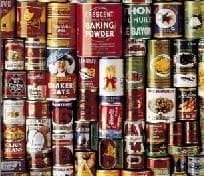
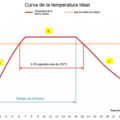
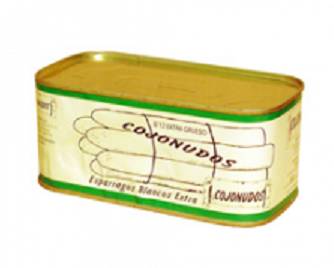
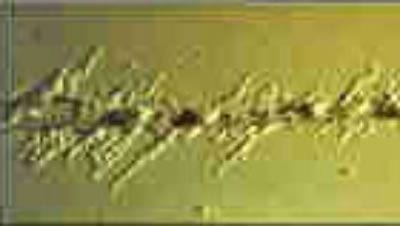
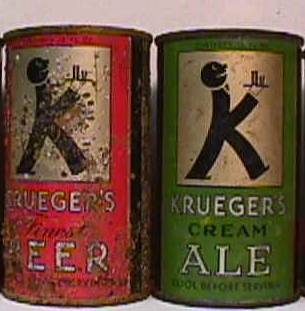

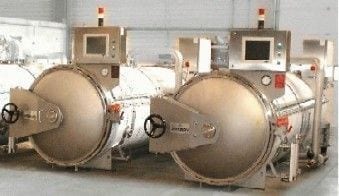
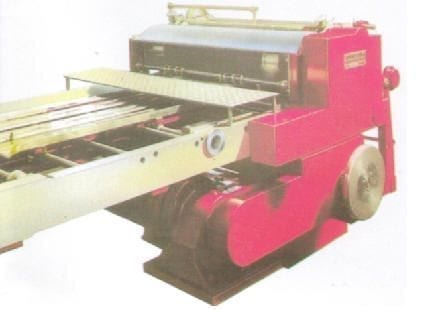
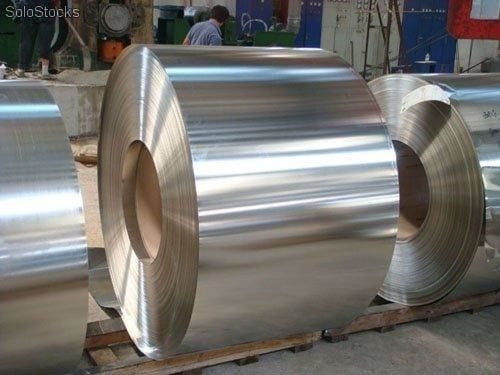
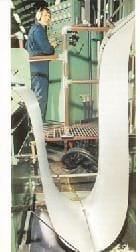
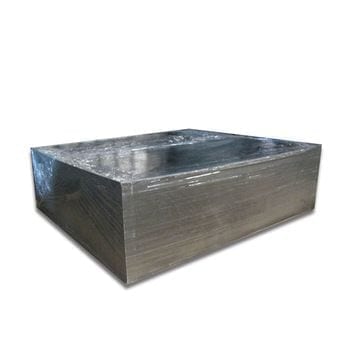



0 Comments